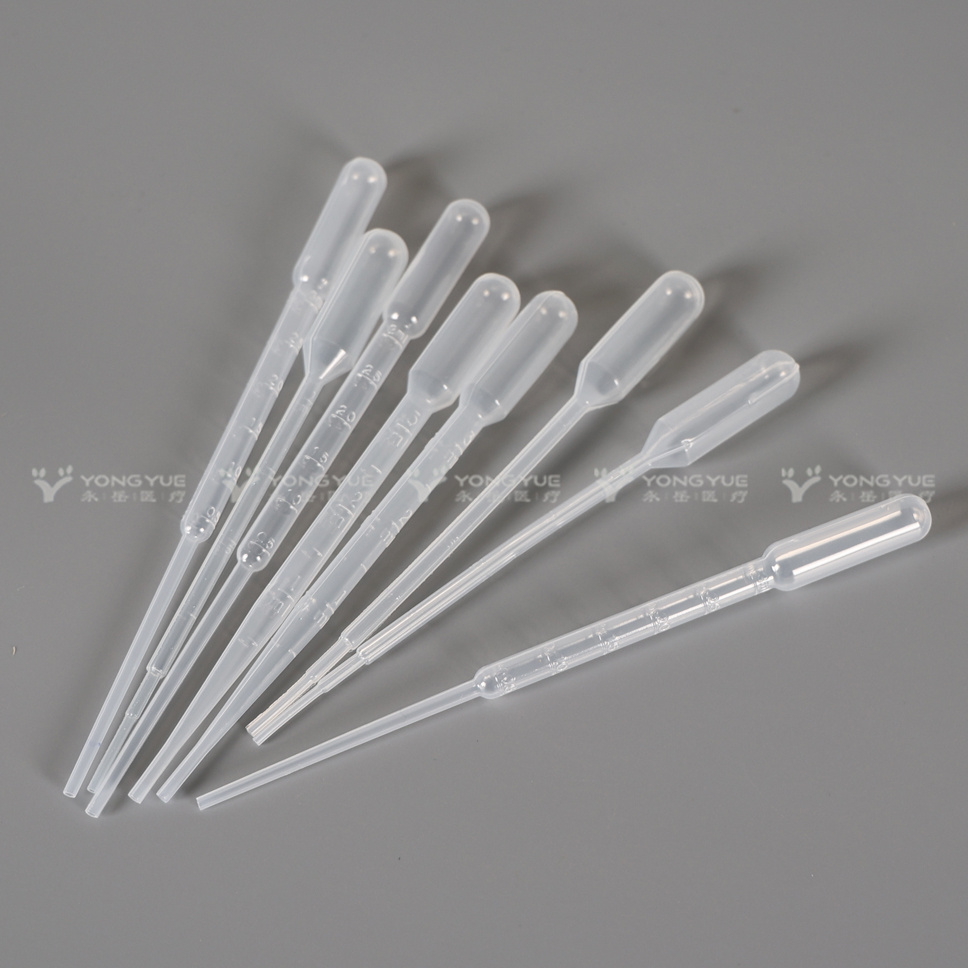Core Tip: This article outlines three essential precautions to take when feeding pigs with raw aquatic feed, providing valuable guidance for farmers. For more details, continue reading.
Aquatic plants such as water hyacinth, water peanut, water lotus, and duckweed are rich in nutrients and can serve as excellent feed sources for pigs. However, if these feeds are used over a long period without proper management, they may carry parasites like larvae and mites, which can negatively impact pig health, stunt growth, and even lead to death. To avoid such issues, it is crucial to follow three important steps when feeding pigs with raw aquatic feed.
First, it is essential to disinfect the aquatic feed before feeding. The ponds where these plants are grown should be treated with a copper sulfate solution at a concentration of 1:5000 or 0.1% lime water to eliminate intermediate hosts such as snails. Additionally, after harvesting, the feed should be thoroughly washed and treated with manure to further reduce the risk of contamination.
Second, proper fermentation of the aquatic feed is necessary to make it safe and nutritious for pigs. Instead of feeding the raw plant material directly, it should be fermented first. The process involves washing, drying, and chopping the feed, then mixing it with gluten, bran, and distiller's yeast. Water should be added in an amount of 3%-5% of the total weight. After fermenting for 2-3 days, the feed becomes suitable for pigs. It’s important to note that this is not a traditional fermentation method like making koji; only a small portion of already fermented feed should be used as a starter for the next batch.
Third, regular deworming is critical to prevent parasitic infections. Pigs should be given anthelmintic drugs every two months. One option is to mix the medication into their feed at a rate of 10 mg per kilogram of body weight and administer it on an empty stomach. Another effective choice is refined trichlorfon tablets, which should be mixed into the feed at a ratio of 0.1 grams per kilogram of body weight and also fed on an empty stomach. These measures help maintain the health and productivity of the pigs.
Practical disposable transfer pipettes, made from natural low density polyethylene (LDPE). The transfer pipet is simple and safe to use with a long shelf life; no issues with broken glass, cracked or loose bulbs. Additional advantage is that with the single piece design lager amount can be transferred by allowing fluids in the bulb. These plastic transfer pipettes are ideal for transferring small amounts of fluids for microscopy sample preparations or to prepare mixtures or staining solutions. The extra fine tip enables transferring minute amount of fluids. These cost-efficient plastic transfer pipettes are disposable and intended for one-time use. Ideal for educational and research environments. Can be used for fluids up to 70°C, please take care to protect the fingers squeezing the bulb. Available in six sizes/styles: 0.5ml, 1ml, 2ml, 3ml, 5ml, 10ml.

Plastic Transfer Pipettes,Disposable Transfer Pipettes,Sterile Transfer Pipettes,Disposable Plastic Pipettes,3ml Pipette,5ml Plastic Pipette,Pasteur Pipettes
Yong Yue Medical Technology(Kunshan) Co.,Ltd , https://www.yonyue.com